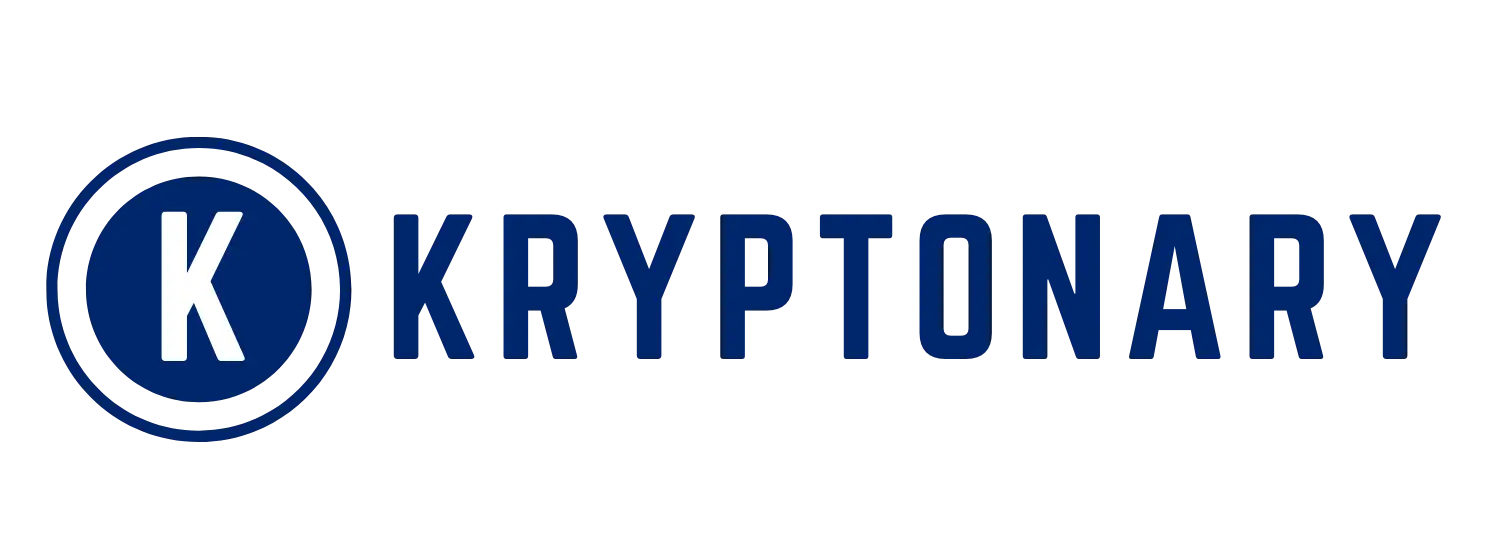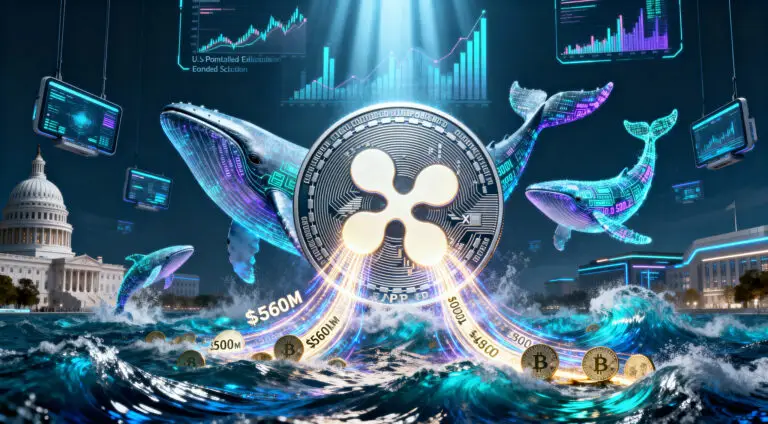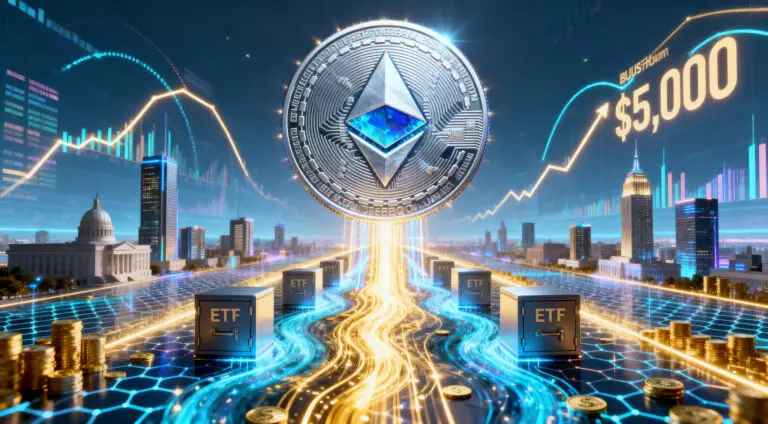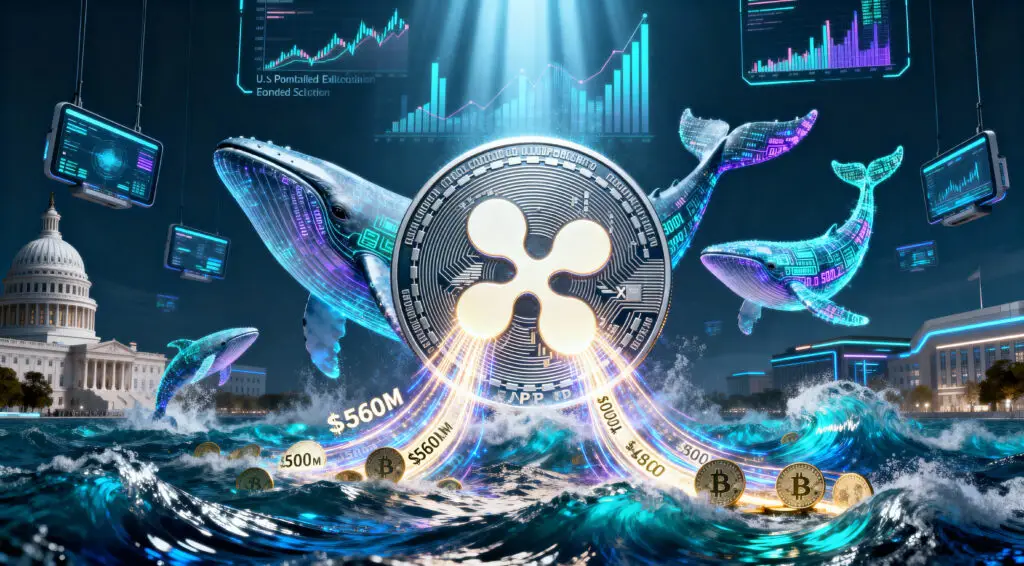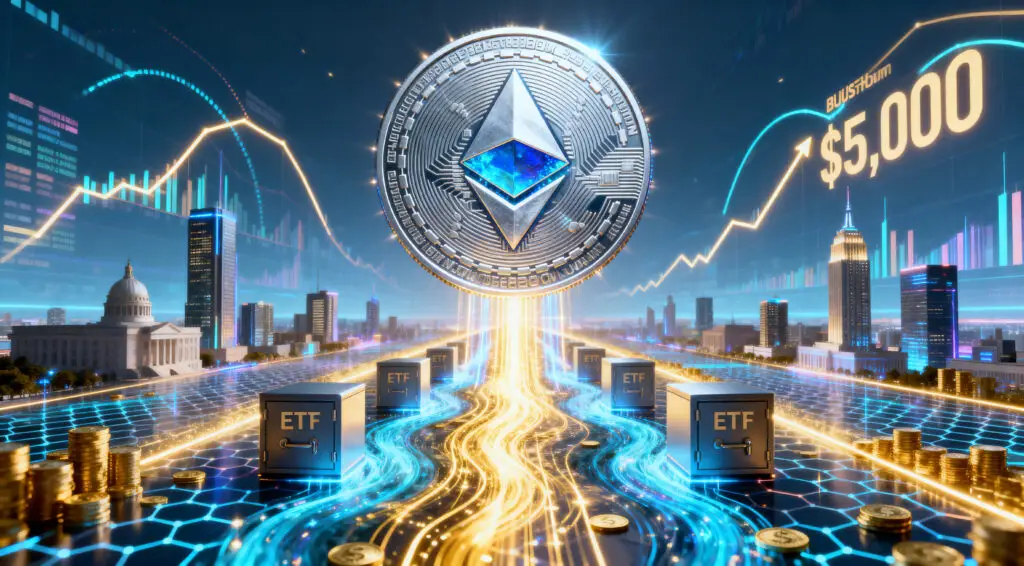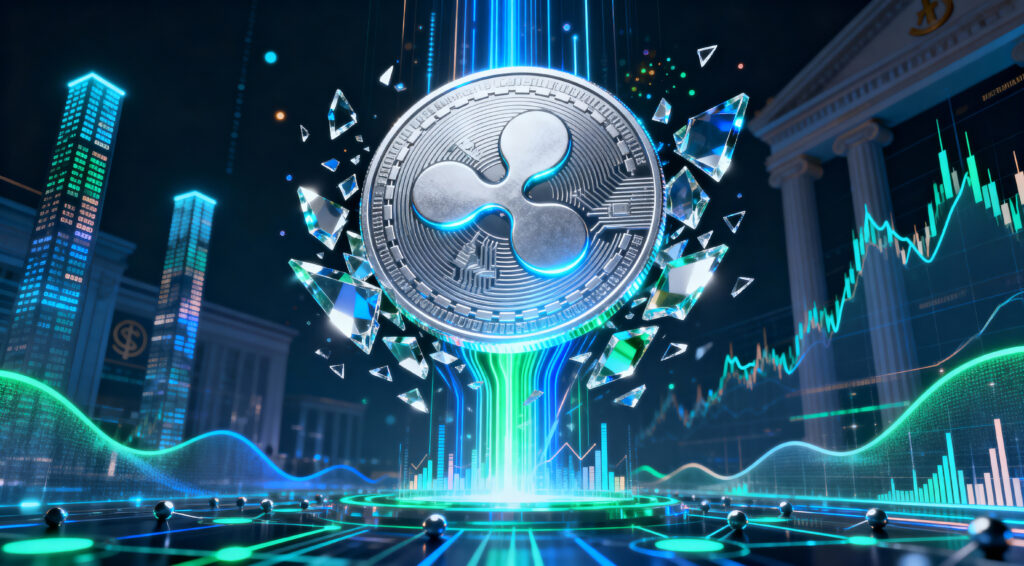Ripple Pushes Deeper Into Stablecoins
Ripple, the blockchain company behind XRP, has made several high-profile moves in 2025 that could reshape the role of its flagship cryptocurrency. With the stablecoin market now worth over $280 billion, Ripple is positioning itself to capture a bigger slice of this rapidly expanding sector.
Over the past year, Ripple has launched its own stablecoin, Ripple USD (RLUSD), secured a major partnership with Circle, the issuer of USDC, and acquired a stablecoin payments platform. These moves may attract more users to the XRP Ledger (XRPL), but they also raise questions about whether XRP’s role as a bridge currency could be diminished.
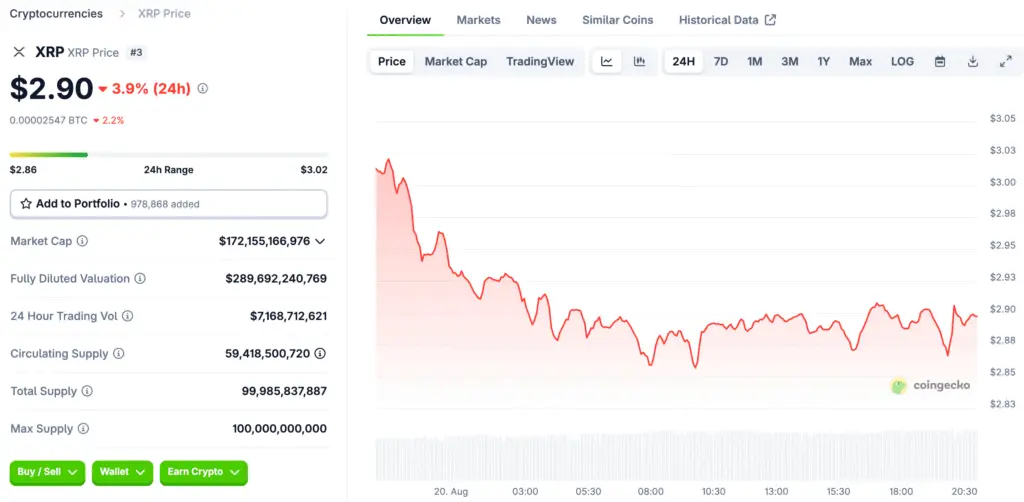
Ripple USD: A Regulated Digital Dollar
In December 2024, Ripple received regulatory approval to launch Ripple USD (RLUSD), a U.S. dollar–backed stablecoin. Fully backed by cash and cash equivalents, RLUSD is designed to meet the stringent requirements of the New York State Department of Financial Services (NYDFS).
CEO Brad Garlinghouse said the decision to operate under New York’s regulatory framework ensures compliance with the Genius Act, the U.S. legislation passed in 2025 that sets new reserve and audit standards for stablecoins. Although RLUSD has a relatively modest market cap of $670 million, Ripple envisions it becoming a core asset for businesses seeking faster and cheaper cross-border payments.
Circle Partnership Brings USDC to the XRP Ledger
Ripple made headlines again in June 2025, when it announced a partnership with Circle. The deal brought USDC, the world’s second-largest stablecoin with a market cap of $68 billion, to the XRP Ledger.
This move is expected to:
- Increase liquidity on XRPL
- Attract developers building payment solutions
- Provide businesses and consumers with more stablecoin options
While Ripple would prefer wider adoption of RLUSD, integrating USDC ensures the XRPL remains competitive in a crowded blockchain landscape.
Ripple Acquires Rail for $200 Million
In August 2025, Ripple took another big step by acquiring Rail, a stablecoin payments platform that already accounts for 10% of global B2B stablecoin transactions. Rail processed more than $3.6 billion in annual volume, based on its current run rate.
Rail’s infrastructure allows companies to send payments internationally using stablecoins without needing to hold crypto on their balance sheets. For Ripple, the acquisition strengthens its position as a bridge between traditional finance and blockchain technology.
Could Stablecoins Weaken XRP’s Role?
While Ripple’s stablecoin push offers growth opportunities, it also presents a potential challenge to XRP itself.
Traditionally, XRP has served two major purposes:
- Paying small transaction fees on the XRPL.
- Acting as a bridge currency in Ripple’s On-Demand Liquidity (ODL) service, enabling instant cross-border transfers.
The rise of Ripple USD and USDC could create alternatives to XRP as a bridge currency. If businesses prefer stablecoins, demand for XRP’s core use case may decline.
However, Ripple still holds nearly half of the XRP supply, giving it strong incentives to maintain XRP’s relevance. Industry analysts suggest that XRP and Ripple USD could coexist, with XRP serving as a universal bridge for currency conversion, while stablecoins provide efficiency for dollar-denominated transfers.
What It Means for XRP Investors
For investors, Ripple’s stablecoin strategy represents both opportunity and risk. On one hand, integrating stablecoins into XRPL could significantly boost transaction volume and adoption, indirectly benefiting XRP. On the other hand, widespread stablecoin use may reduce XRP’s role in Ripple’s payment ecosystem.
Ultimately, Ripple’s success in balancing the growth of RLUSD and USDC with the continued importance of XRP will shape the token’s long-term value. With the company pushing deeper into enterprise adoption and regulatory compliance, XRP remains a promising but volatile investment in 2025.
Read More: XRP Price Forecast Nears $3 as Ripple ETF Decision Becomes Key Catalyst
